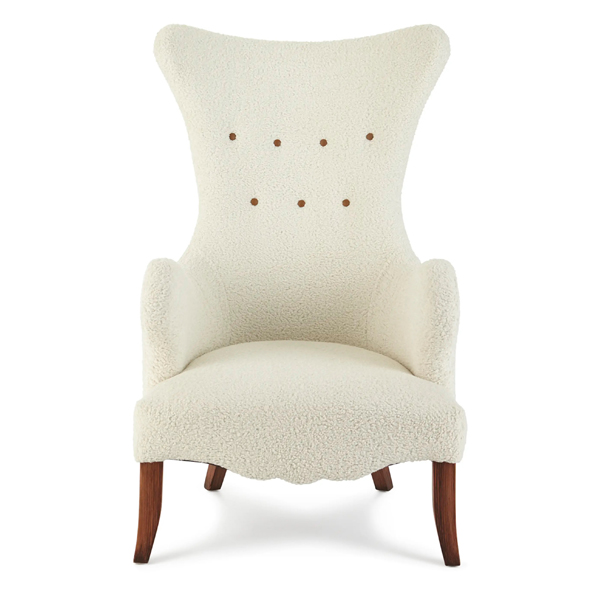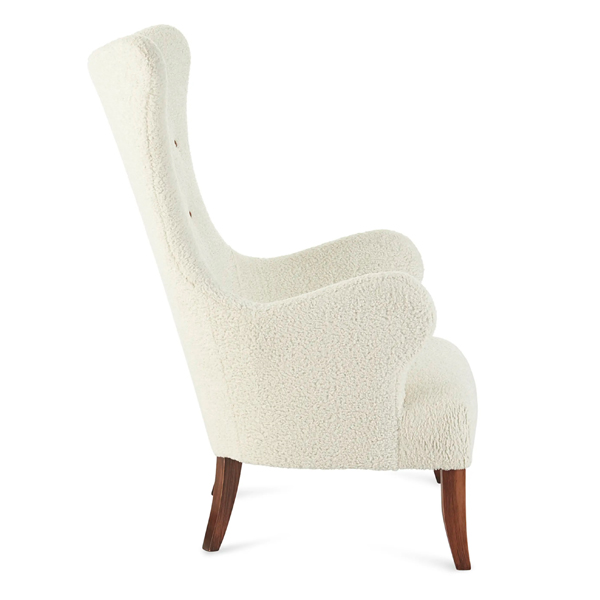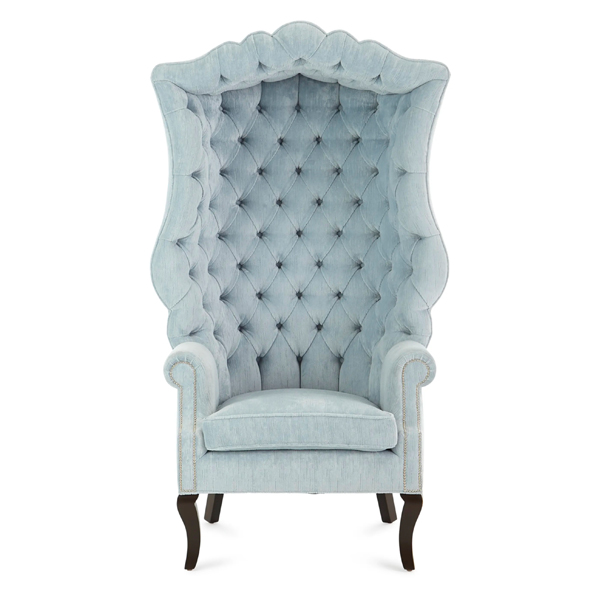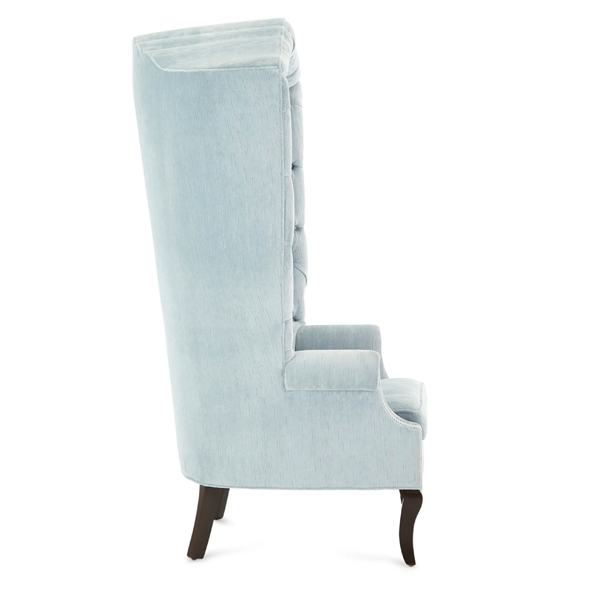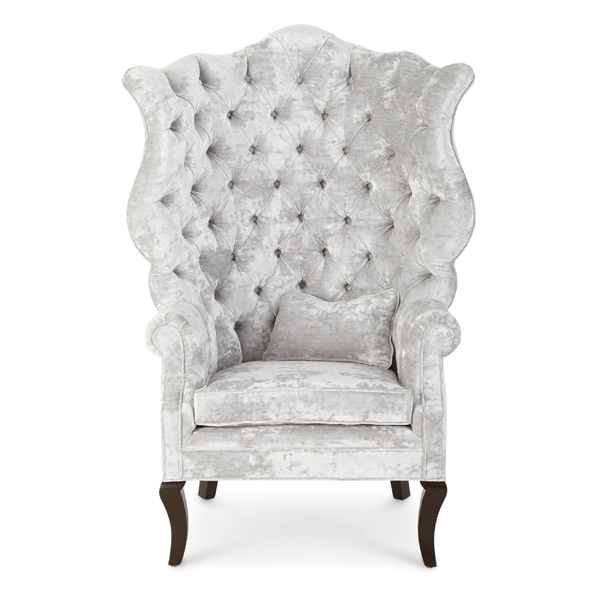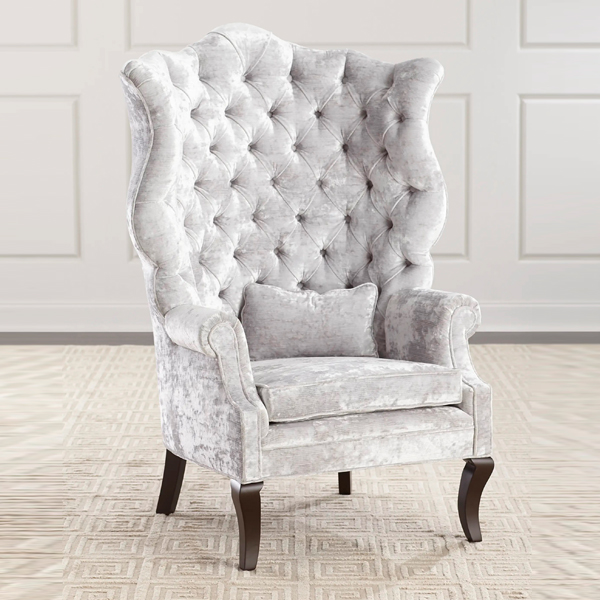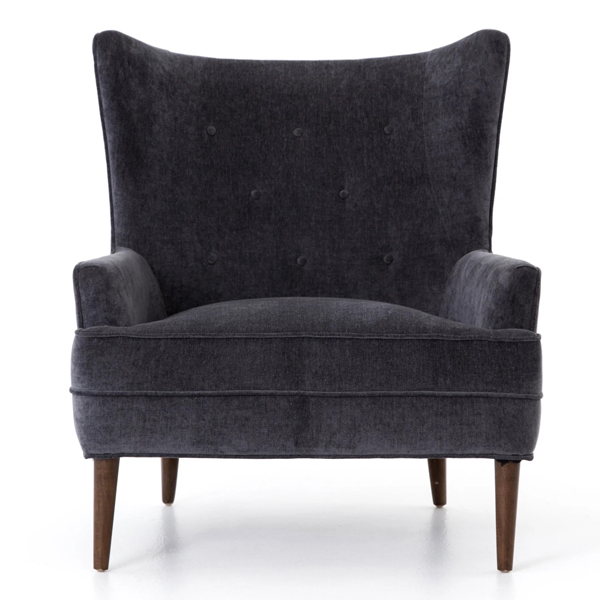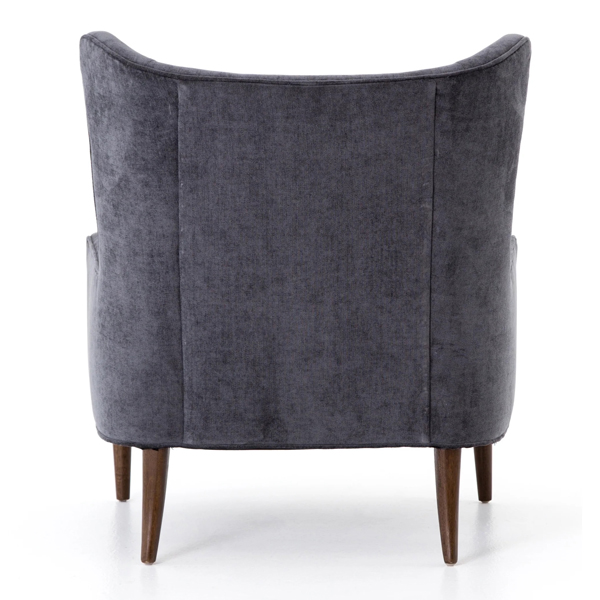Wing Chairs
Elegant Wing Chairs for Living Room – Shop Online Now!
Wing chairs, also known as wingback chairs, are classic furniture pieces that have been popular in living rooms for centuries. With their unique design and comfortable feel, they provide a great addition to any living space.
Add a touch of sophistication to your living room with our online selection of wing chairs. Comfortable and stylish, perfect for any home decor.
Showing all 4 results
Showing all 4 results
What are wing chairs?
Wing chairs, also called wingback chairs, are chairs with high backs and side panels, or “wings,” that extend down from the back to the armrests. They were first developed in the 17th century in England and were initially designed to shield the occupant from drafts and keep them warm.
One of the defining features of wing chairs is their high backrest that provides support for the head and neck. The “wings” on the sides of the chair were initially designed to protect the occupant’s face from drafts. Other features include a deep seat and armrests that are often wide and curved.
There are several different styles of wing chairs, including traditional and modern designs. Traditional wing chairs are typically more ornate and have a more formal look, often featuring classic design elements such as tufting, nailhead trim, and carved wood legs. Modern wing chairs, on the other hand, have a sleeker, more minimalist look and often feature clean lines and smooth surfaces. Some modern wing chairs also incorporate materials such as metal and plastic in their design, while others feature colorful fabrics and bold patterns.
Benefits of wing chairs in the living room
One of the primary benefits of wing chairs in the living room is their comfort and ability to promote relaxation. With their high backrest and winged design, they provide ample support for the head, neck, and back, making them ideal for lounging and reading. Many wing chairs also have deep seats and comfortable armrests, providing a cozy spot to unwind after a long day.
Wing chairs are also known for their aesthetic appeal and can add a touch of elegance and sophistication to any living room. They come in a wide range of designs, colors, and materials, making them versatile enough to fit into any decorating style. Whether you prefer a traditional, classic look or a modern, eclectic one, you can find a wing chair that will complement your decor.
Popular wing chair designs
Traditional wing chair designs include classic styles such as the Chesterfield and Queen Anne. The Chesterfield wing chair is known for its button-tufted upholstery, rolled arms, and nailhead trim, while the Queen Anne wing chair features a curvy silhouette, cabriole legs, and ornate wood detailing. Both designs are typically upholstered in leather or other high-quality fabrics and are often associated with a more formal, traditional decor.
Modern wing chair designs often feature sleek lines and minimalist styling, with materials such as leather and velvet. These chairs may be available in a variety of colors, from neutral tones to bold shades like deep blue or bright yellow. Many modern wing chairs also incorporate metal or other materials in their design, giving them a contemporary edge.
FAQs
1. What is the purpose of a wingback chair?
The purpose of a wingback chair, also known as a wing chair, is to provide a comfortable and supportive seating option that promotes relaxation and adds an element of elegance and sophistication to a room’s decor. Its high backrest and “wings” offer ample support for the head, neck, and back, making it an ideal choice for lounging and reading.
2. Where should a wing chair be placed?
A wing chair can be placed in a variety of locations in a room, but it is often used as an accent chair in a living room, bedroom, or home office. It can be positioned near a window to create a cozy reading nook or paired with a matching ottoman as a comfortable spot to relax and unwind.
3. Are wing chairs comfortable?
Yes, wing chairs are generally considered to be comfortable due to their high backrest and supportive “wings” that provide ample support for the head, neck, and back. They often have a deep seat and comfortable armrests, making them an ideal seating option for lounging, reading, or watching TV.
4. How do you style a wing chair?
Wing chairs can be styled in a variety of ways to suit different decor styles. To make a statement, a bold-colored wing chair can be paired with a neutral-colored room or vice versa. A patterned wing chair can be used to add a pop of color and texture to a room, and adding a throw pillow or a blanket can add an extra layer of comfort and style.
5. How many types of wing chairs are there?
There are many different types of wing chairs, with variations in design, shape, and material. Some of the most common types include traditional designs such as the Chesterfield and Queen Anne, modern designs that feature sleek lines and minimalist styling, and unique designs that incorporate interesting patterns, textures, and colors into their upholstery.
6. How deep is a wingback chair?
The depth of a wingback chair can vary depending on the specific design and manufacturer, but they are typically between 30 and 40 inches deep. The depth of the seat can also vary, with some wing chairs featuring a deeper seat for added comfort and others having a more shallow seat for a more upright posture.
7. How much fabric is needed for a wingback chair?
The amount of fabric needed for a wingback chair will depend on its size, design, and upholstery style. A standard wingback chair will require around 7 to 10 yards of fabric for a solid color or simple pattern and up to 15 yards for a larger or more complex pattern.
8. What is the difference between a wingback and an armchair?
The main difference between a wingback chair and an armchair is that a wingback chair has “wings” that extend up from the arms and a high backrest, while an armchair typically has a lower backrest and no wings. The wings on a wingback chair are designed to provide additional support for the head, neck, and back, while the arms on an armchair may be more prominent and feature more padding for added comfort.

